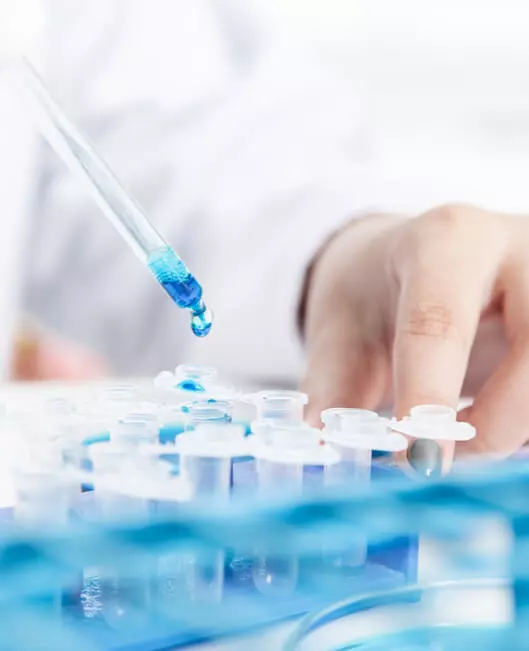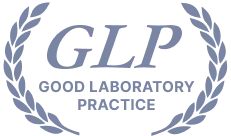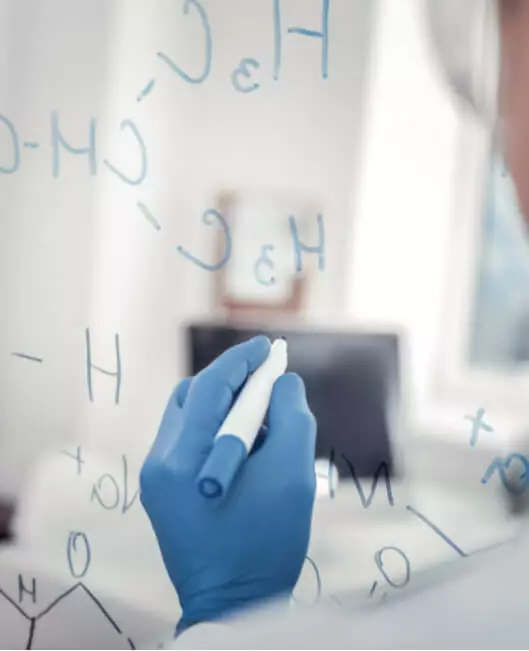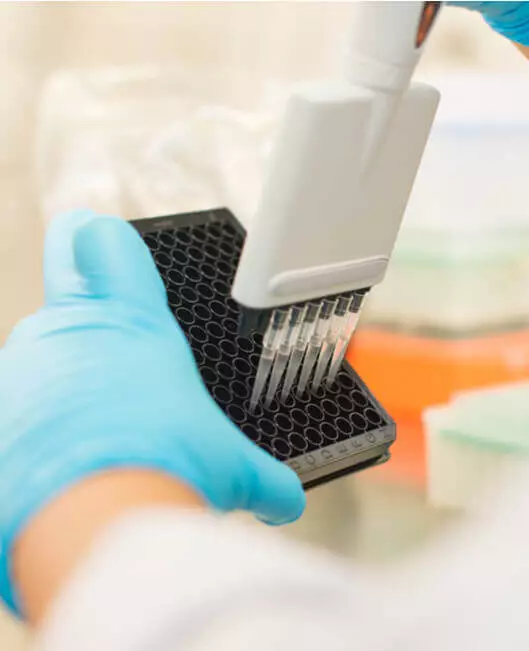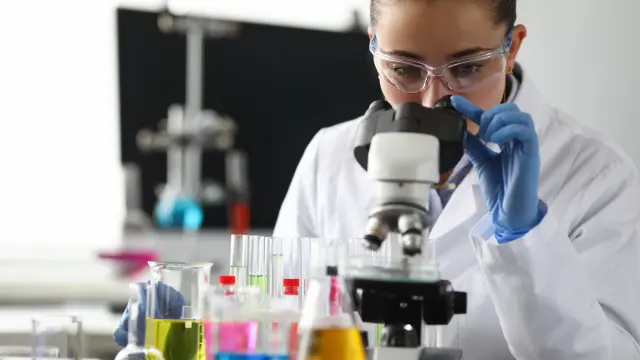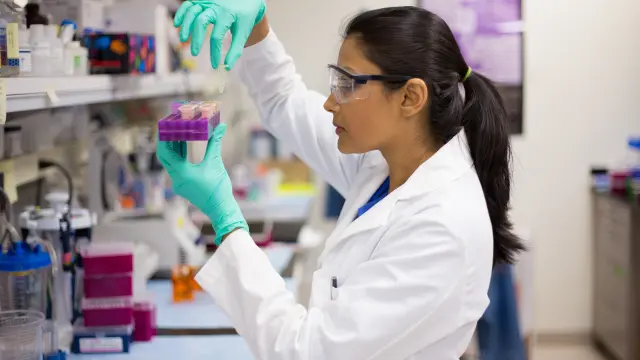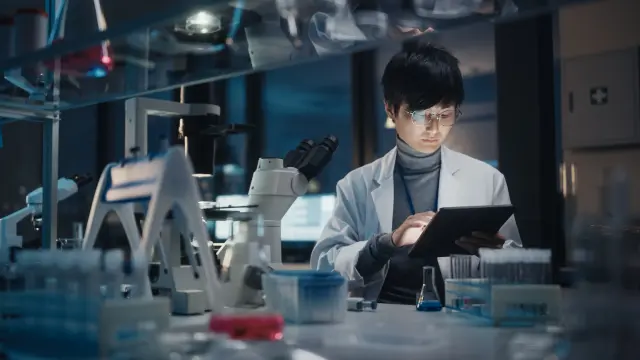Why choose us for your FDA or ICH Bioanalytical Method Validation?
Achieve Bioanalytical Method Validation expectations by FDA and ICH on time and under budget
Given that drug development is an enormously resource-intensive process, finding the right Contract Research Organization can help you optimize costs and save time. At NorthEast BioLab, we have over 15 years of experience in analytical method development, validation, and transfer. We make sure that we accomplish our shared goals while pursuing an accelerated timeline and cost optimization.
For method validation, we offer a whole range of stringency levels so that the client can choose what they need. We generate an extremely comprehensive validation report that details the method being validated, as well as its outcomes. We also ensure that we report on the protocol used, calculations made, procedures followed, and equipment used.
We understand that collaboration lies at the heart of this process and ensure proper communication between our clients and our front-line lab analysts and managers. We also believe in integrity and transparency and keep our clients in the loop about all research developments. We bring together our core strengths, operational excellence, regulatory expertise, and scientific experience to make sure that your drug development process- from drug discovery to clinical trials- flows seamlessly.



